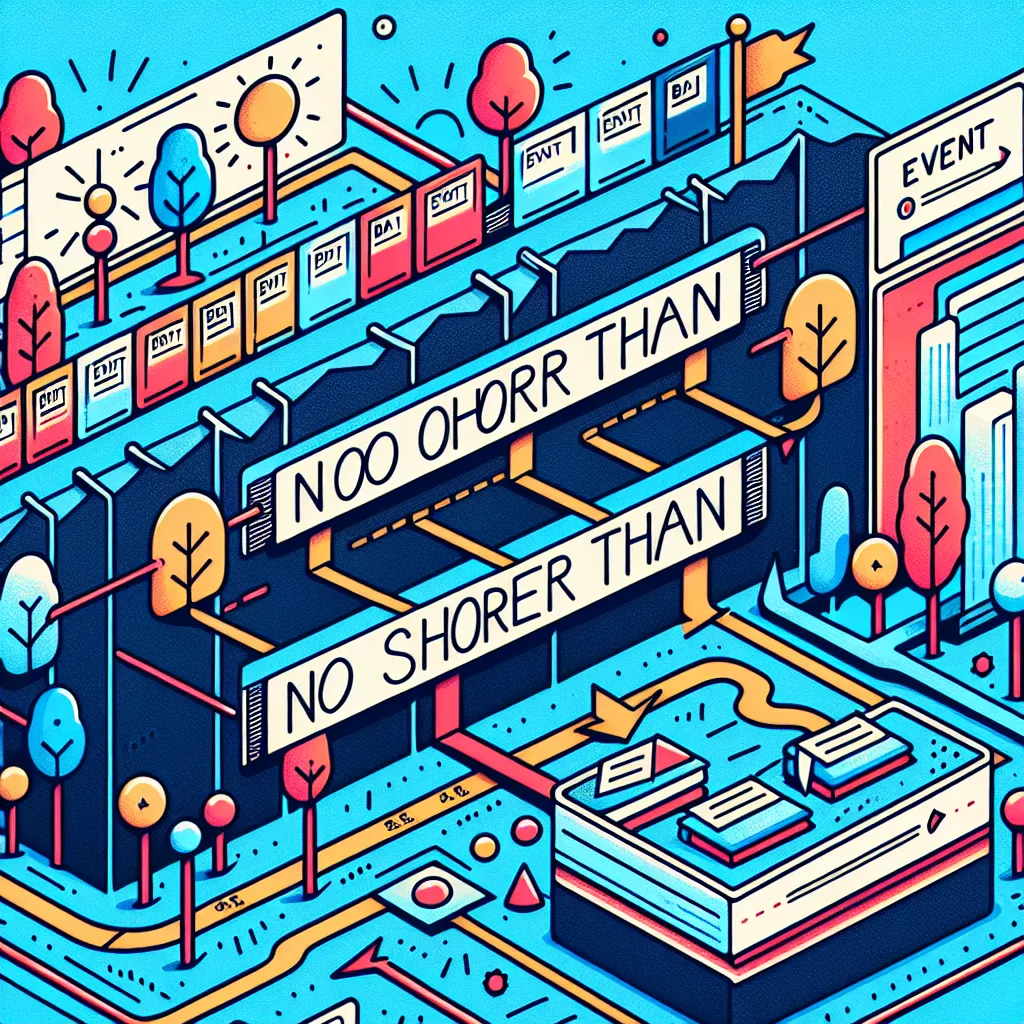The “no sooner than” structure is a sophisticated grammatical construct that can significantly enhance your IELTS score when used correctly. This article will delve into the intricacies of this time clause, providing you with the knowledge and examples needed to excel in your IELTS exam.
Understanding “No Sooner Than” Time Clauses
The “no sooner than” structure is used to emphasize the immediacy between two actions, with one action happening immediately after another. It’s a formal and elegant way to express a sequence of events, making it particularly useful for the IELTS Writing and Speaking sections.

Grammatical Structure and Usage
The basic structure of a sentence using “no sooner than” is:
No sooner + past perfect + than + simple past
For example:
- No sooner had I finished my dinner than the doorbell rang.
- No sooner had she opened her book than her phone buzzed with a message.
In these examples, the past perfect tense (had + past participle) is used in the first clause to indicate the action that happened first, followed by “than” and the simple past tense for the second action.
Applying “No Sooner Than” in IELTS Tasks
IELTS Writing Task 2
In IELTS Writing Task 2, using “no sooner than” can demonstrate a high level of grammatical control and sophistication. Here’s an example of how you might incorporate it into an essay:
“No sooner had the government implemented the new environmental policies than businesses began to adapt their practices to comply with the stricter regulations.”
This sentence showcases your ability to use complex structures while discussing a relevant topic for IELTS, such as environmental policies.
IELTS Speaking Part 2
In the Speaking test, you can use this structure to describe a sequence of events in your life:
“I’d like to tell you about a surprising moment in my life. No sooner had I stepped out of my house on what seemed like a normal day than I received a call offering me my dream job. It was completely unexpected and changed the course of my day entirely.”
Advanced Usage and Band 9 Examples
To achieve a Band 9 score, you need to use this structure accurately and naturally. Here are some advanced examples:
-
“No sooner had the research findings been published than they were challenged by experts in the field, sparking a heated debate in the scientific community.”
-
“In the fast-paced world of technology, no sooner has a new device been released than developers begin working on its successor, driving constant innovation.”
Notice in the second example, we’ve used the present perfect tense instead of the past perfect. This variation can be used when discussing general truths or recurring situations.
Common Mistakes to Avoid
-
Incorrect tense usage:
- Incorrect: “No sooner I finished my work than I went home.”
- Correct: “No sooner had I finished my work than I went home.”
-
Forgetting “than”:
- Incorrect: “No sooner had the movie started the fire alarm went off.”
- Correct: “No sooner had the movie started than the fire alarm went off.”
-
Using “when” instead of “than”:
- Incorrect: “No sooner had we arrived when it started to rain.”
- Correct: “No sooner had we arrived than it started to rain.”
Alternatives to “No Sooner Than”
While “no sooner than” is an excellent structure to use, it’s important to have variety in your language. Here are some alternatives:
-
“Hardly… when”:
“Hardly had I sat down when the phone rang.” -
“Scarcely… when”:
“Scarcely had we left the house when it started to rain.” -
“As soon as”:
“As soon as I opened the door, I knew something was wrong.”
Conclusion
Mastering the “no sooner than” structure can significantly enhance your IELTS performance. Remember to practice using it in various contexts, and don’t forget to balance it with other complex structures. As you prepare for your IELTS exam, challenge yourself to incorporate this sophisticated time clause into your essays and speaking responses. With consistent practice, you’ll find that using “no sooner than” becomes second nature, helping you to achieve that coveted high band score.